Requesting a book that explains everything...
beaverbrewer
16 years ago
Related Stories
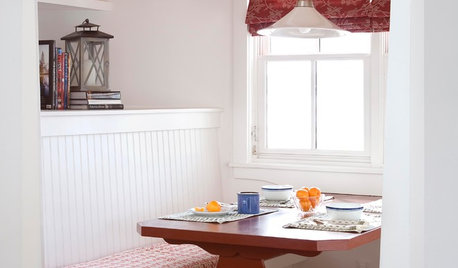
KITCHEN DESIGNKitchen Banquettes: Explaining the Buffet of Options
We dish up info on all your choices — shapes, materials, storage types — so you can choose the banquette that suits your kitchen best
Full Story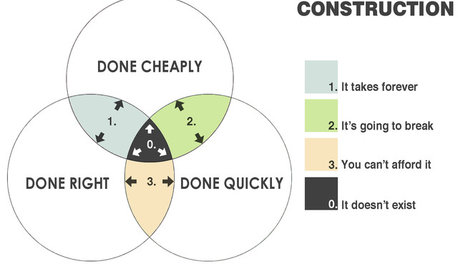
COFFEE WITH AN ARCHITECTThe Elements of Design Explained With Venn Diagrams
Design doesn't have to be hard to understand. It just needs the right presentation
Full Story
ENTERTAININGA Place for Everything: Beautiful Ways to Style Your Table
Polish your silver and pull out your china as we look at how tables were laid out traditionally and how they shine now
Full Story
HOUZZ TOURSHouzz Tour: Everything Art Is Illuminated in Canada
Artist Richard Roblin has designed an airy, modern home and studio that's brimming with paintings and contemporary furnishings
Full Story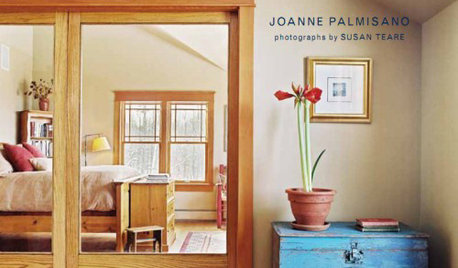
DECORATING GUIDESBook Tour: Salvage Secrets
Joanne Palmisano Shares Practical Tips for Giving Old Finds New Life
Full Story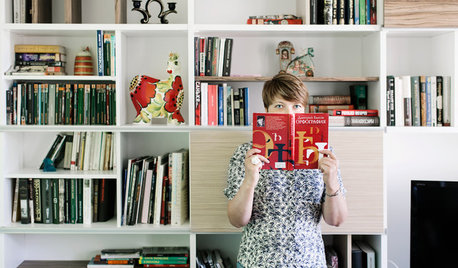
HOMES AROUND THE WORLDWorld of Design: 11 Book Lovers and Where They Like to Read
Bibliophiles across the globe reveal their top books and favorite reading spots, from a 2-story library to an artfully curated book nook
Full Story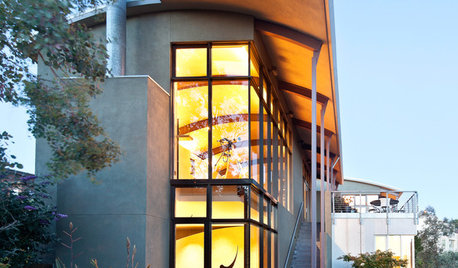
ARCHITECTUREMust-Have Book: ‘A Field Guide to American Houses’
Be the architectural historian of your neighborhood with this invaluable updated version of a well-researched classic
Full Story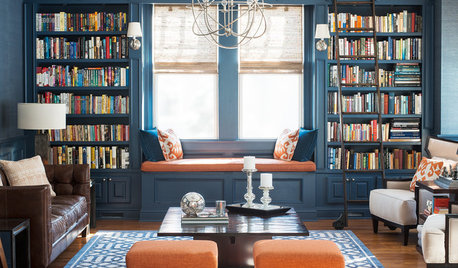
DENS AND LIBRARIES20 Book Lover’s Spaces That Will Make You Want to Read
Borrow these ideas from spaces designed around a love of books
Full Story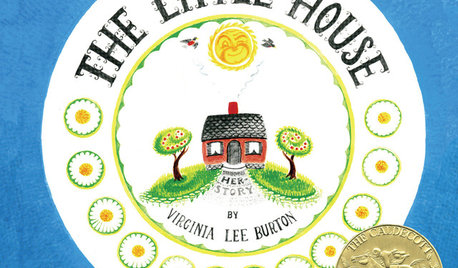
BOOKS11 Great Children’s Books About Home (and 2 Honorable Mentions)
Homes come in many different shapes and sizes, and these kids’ books highlight the tallest, the smallest, the oldest and the silliest
Full Story
DENS AND LIBRARIESGuest Picks: 20 Must-Have Design Books for Your Library
These essential decorating tomes provide great inspiration and helpful information
Full StoryMore Discussions






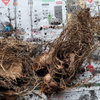
donna_jj
sharont
Related Professionals
Anderson Landscape Contractors · Canton Landscape Contractors · Edmond Landscape Contractors · Athens Landscape Contractors · Cockeysville Landscape Contractors · Davis Landscape Contractors · New Brighton Landscape Contractors · Plainview Landscape Contractors · Pompton Lakes Landscape Contractors · Setauket-East Setauket Landscape Contractors · St. Louis Landscape Contractors · Woodburn Landscape Contractors · Greenfield Landscape Contractors · Golden Valley Landscape Contractors · Palos Heights Landscape Contractorsianna
bonniepunch
tiffy_z5_6_can
beaverbrewerOriginal Author
beaverbrewerOriginal Author
ninamarie